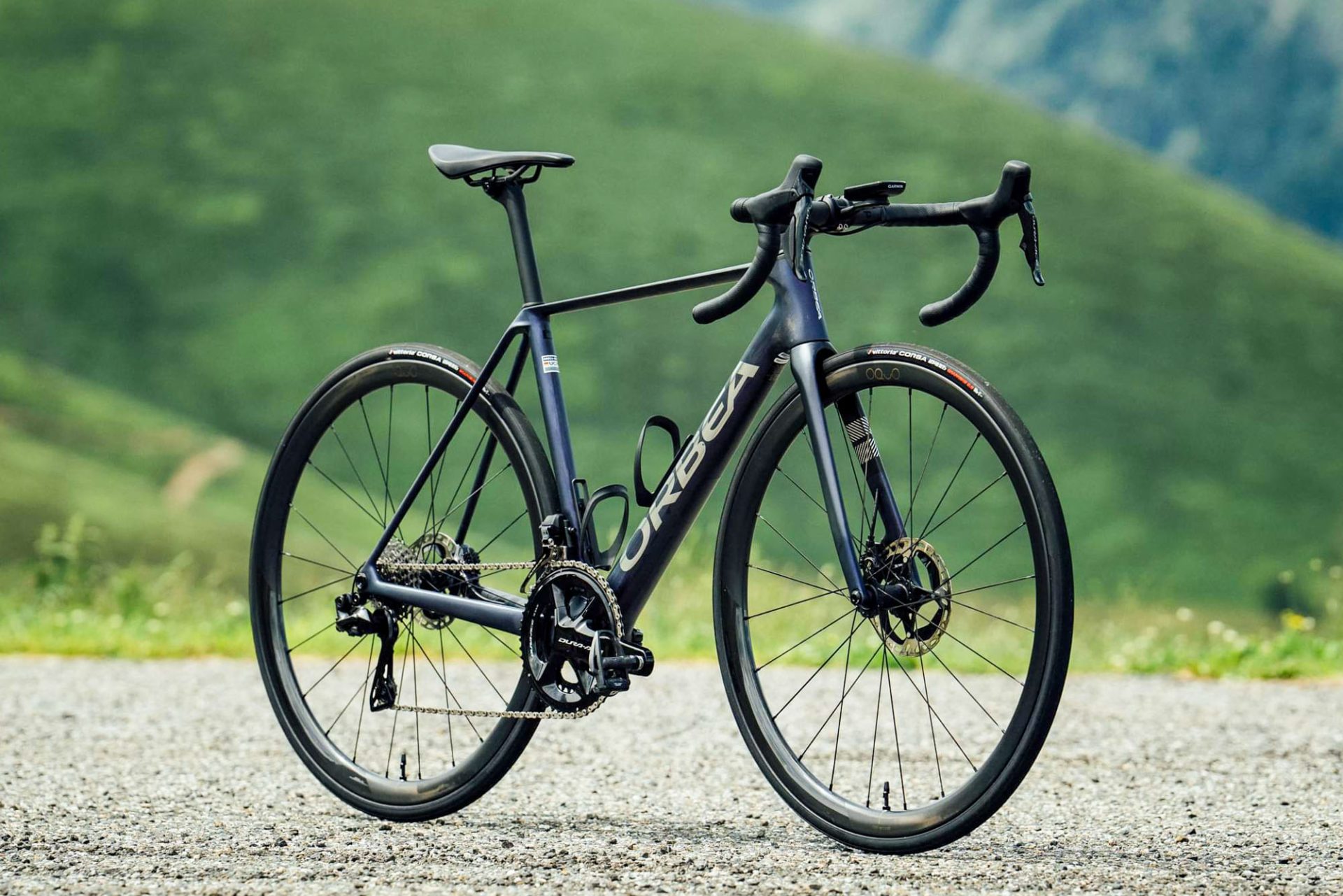The progression of bicycle technology isn’t always linear; sometimes it’s more like a swinging pendulum, as the new Orbea Orca road bike confirms. Much as top-end bikes did fifteen years ago, Orbea hasn’t considered aerodynamic efficiency as much for the new Orca as it has the traditional fundamentals. Low weight, high stiffness, responsiveness, and excellent ride quality were all at the top of the list here, all in pursuit of the narrowly focused goal of going uphill faster, and just feeling good while in the saddle.
So how light is it?
Let’s cut to the chase here.
Orbea says the top-end Orca OMX tips the scales at 750 g for a 53 cm frame with paint and hardware, and the matching fork adds another 360 g. A complete flagship model comes in at 6.7 kg, built with a Shimano Dura-Ace Di2 wireless electronic groupset, shallow-section RP35 LTD carbon clincher wheels from Orbea in-house brand Oquo, and carbon fiber finishing kit.
That’s certainly light, although not that light – and perhaps not as light as what many might expect given how big a deal Orbea has made of shaving grams here. Don’t worry; I’ll get to that soon enough.
Design-wise, it’s clear that Orbea has prioritized structural efficiency.
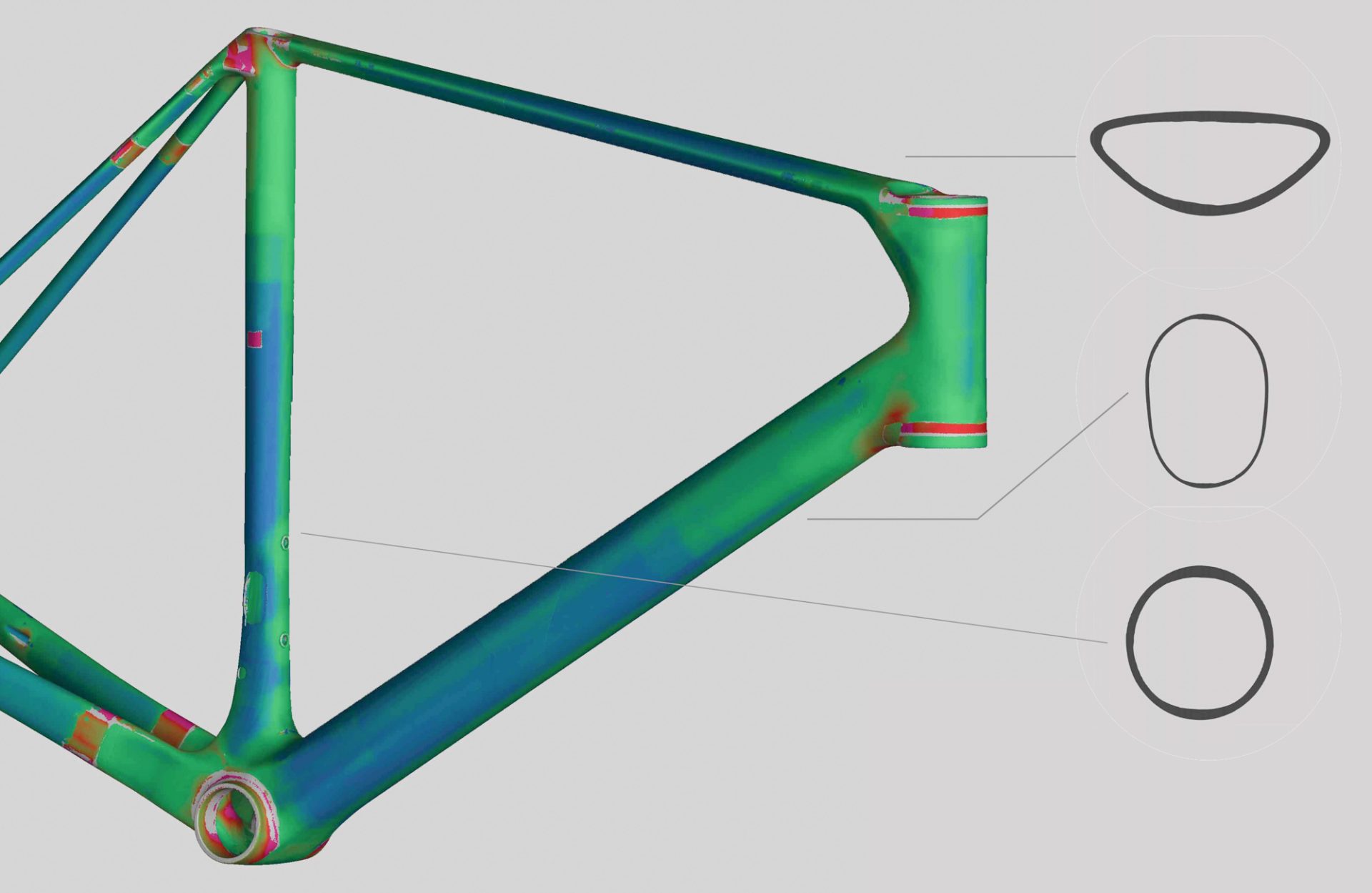
Stiffness and drivetrain efficiency is the name of the game for the lower half of the frame. The down tube is conspicuously oversized, sporting a sort of squashed oval cross-section (with the longer axis oriented front-to-back). The chainstays are very large, too, with a similarly tall and ovoid profile at the bottom bracket shell before tapering down to a slimmer form back at the molded carbon fiber dropouts. The seat tube? It could hardly be more cylindrical.
Up top, however, are signs that Orbea is also trying to keep riders comfortable.
The top tube is dramatically flattened into almost a trapezoidal profile, twice as wide as it is tall so as to boost front triangle torsional stiffness while still allowing it to bend under bump loads. The pencil-thin seatstays are straight and mostly round, while the traditional 27.2 mm-diameter round seatpost is secured with an exceptionally tidy hidden wedge-type binder that doesn’t look like it affects flex in that area hardly at all.
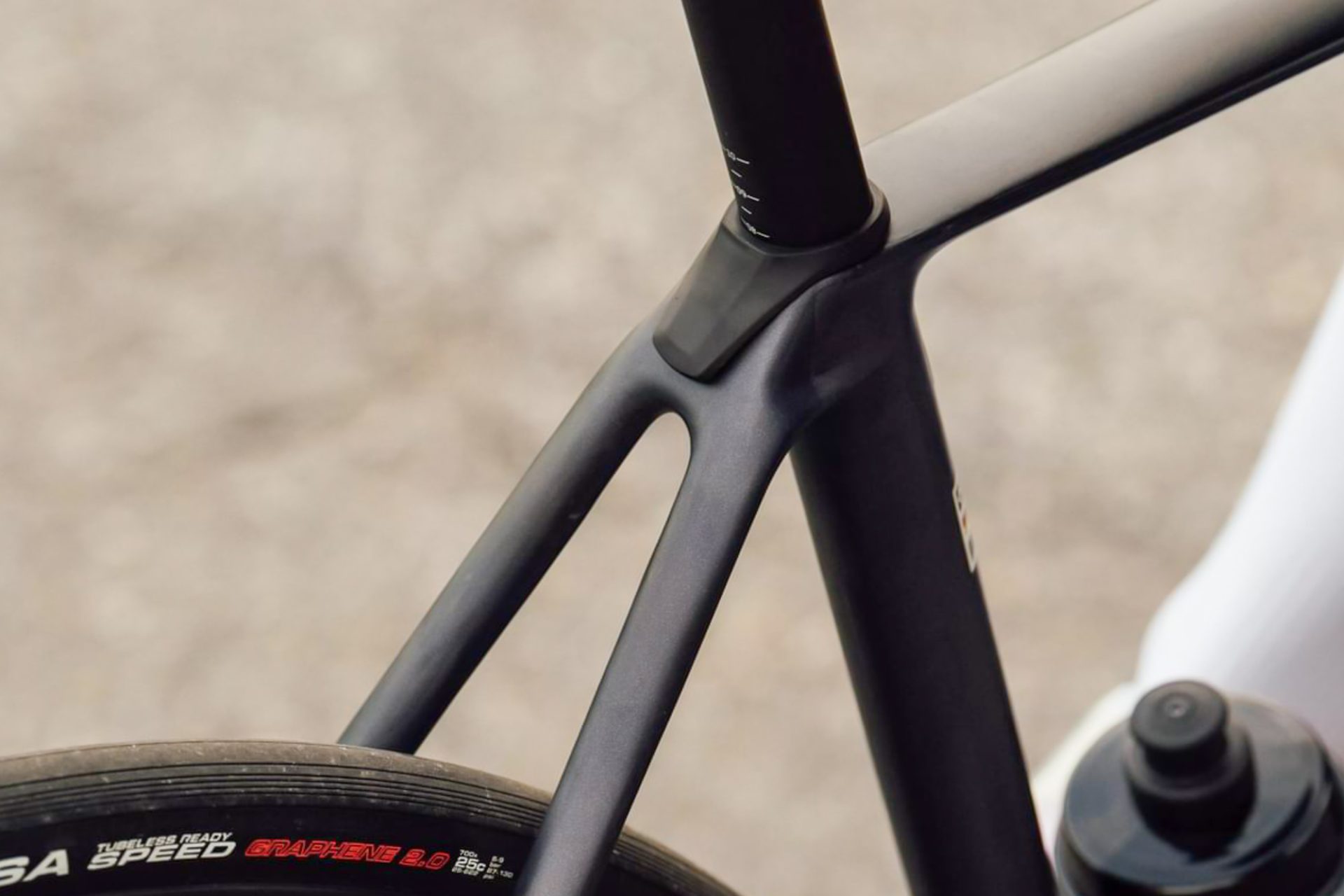
All of those forms are size-specific, too, so at least in theory, each of the seven sizes offered will offer similar ride qualities.
In terms of the carbon fiber lay-up, Orbea says it focused on minimizing material redundancy. It’s not at all uncommon for a high-end composite frame to use hundreds of individual pieces of carbon fiber, but Orbea claims to have eliminated nearly a hundred of them by using larger pieces so there are fewer areas of overlap where the edges meet. There are almost no sharp edges in the frame, either, which Orbea says reduces how much excess epoxy might pool in those areas.
As for the molding process, the Orca is made with a conventional modular monocoque method. The front triangle is formed as one piece, and each side of the rear end as two more. All of those sub-assemblies are then bonded and overwrapped at the joints to form a single structure.
Orbea says aerodynamic efficiency hasn’t been completely ignored, although that seems to be more of a token gesture than anything super meaningful. The fork blades have a modestly aero shape, and while the fully hidden routing will keep control lines tucked away from the wind, Orbea is sticking to two-piece cockpits and round bars – again, prioritizing weight and rider comfort above drag figures.

There are some concessions to ease of adjustment, too. As on other recent Orbea models, those control lines may be hidden, but they’re not run internally through the stem or bar so length and width adjustments shouldn’t be a total nightmare (although headset maintenance is still more complicated since the lines run through the upper bearing). Orbea is also offering different headset covers for use with FSA and Deda cockpit components to maintain a seamless look should a buyer decide to go aftermarket there.
Geometry-wise, it’s status quo; it hasn’t changed a bit from the outgoing Orca. The trail figures are still short – ranging from 57-66 mm – the chainstays are quite compact at 408 mm across the board, the stack and reach dimensions are low and long, and the tidy wheelbases run from just 972 mm on the smallest size up to still-short 1,016 mm on the biggest one. Orbea has always intended for the Orca to be a quick-and-agile machine, and that’s most definitely still the case with this seventh-generation version.

Other features include Orbea’s preferred BB386EVO press-fit bottom bracket format, a burly-looking replaceable rear derailleur hanger (it’s not SRAM UDH-compatible, to be clear), and official clearance for tires up to 32 mm wide.
Lots of options and a second-tier frame, too
The Orca has always been a staple model in Orbea’s road range, and that trend doesn’t appear to be fading any time soon. In addition to the top-end Orca OMX frame, there’s also a second-tier Orca OMR version, which features the same frame shape and features, but with a different carbon fiber content that pushes the claimed frame weight up to 1,030 g, and the corresponding fork up to 410 g.
Those two frames will be the foundation for a whopping thirteen complete models in total, ranging in price from US$3,000 / £2,700 / €2,600 up to US$11,600 / £12,000 / €11,000 (Aussie pricing is to be confirmed). Each of those models is supposedly “the lightest in each price point.” Multiple standard colors are available throughout the range, but you’re not limited to those. All but three of the models will be offered through Orbea’s MyO custom program, with a wide range of choices for custom paint and component tweaks, and at either minimal or no additional charge on top of the standard retail price.
Want to fly the colors of your alma mater or have your new Orca match your car? Need a different stem length or want to run an aero bar? How about a zero-offset seatpost? As long as you’re willing to wait a few weeks, you can go the Burger King route and have it your way.
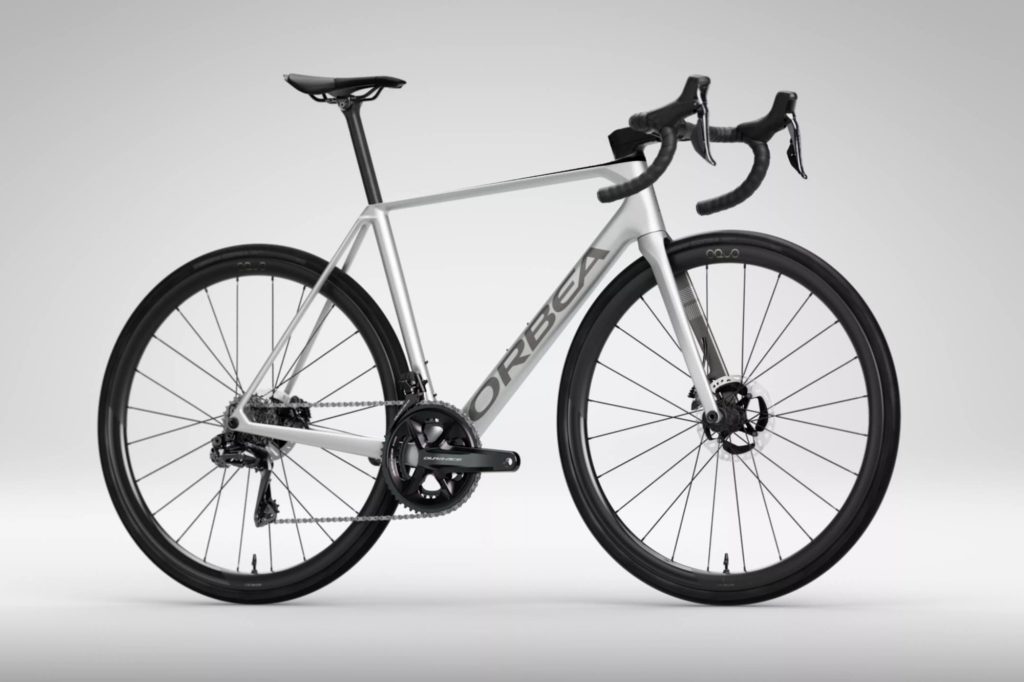

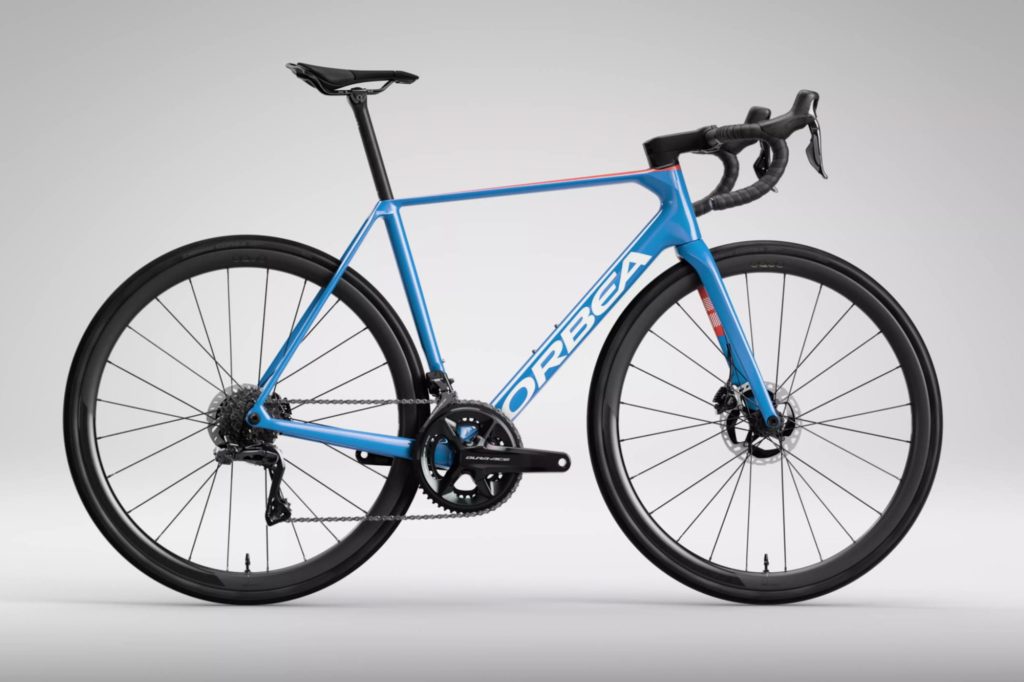
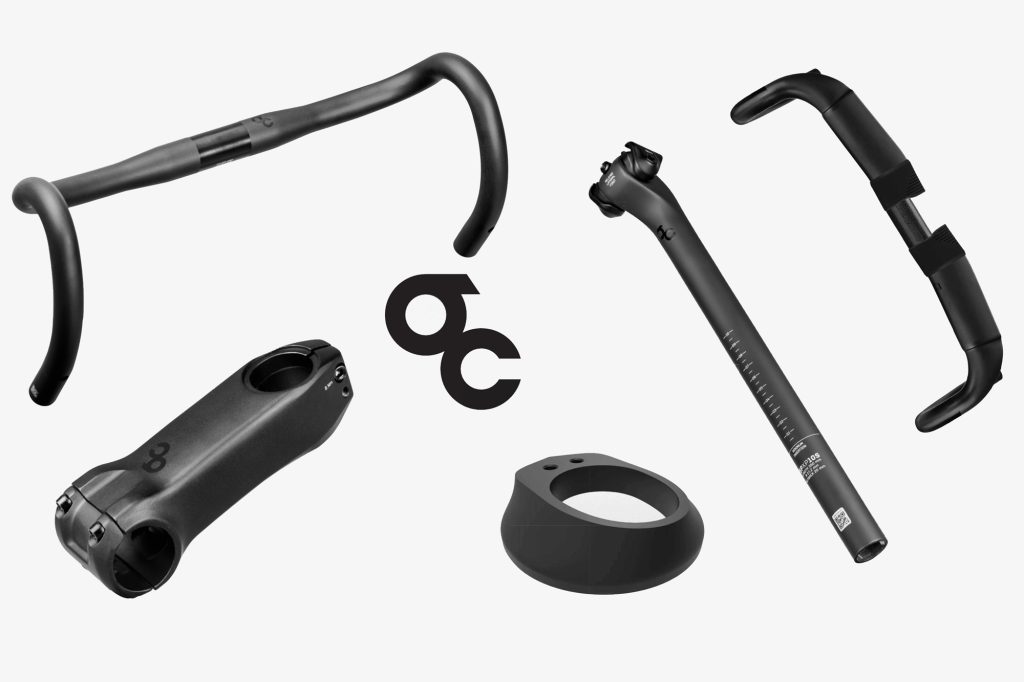
Déjà vu?
Ok, back to that weight discussion I referenced earlier.
The weight weenies out there are absolutely correct that this new Orca OMX isn’t any lighter than flagship carbon fiber road bikes from 10 or even 15 years ago, when the whole light-and-stiff craze was going full-steam and aerodynamic considerations were little more than a novelty in the category. The Scott Addict that was introduced in 2007 had a claimed frame weight of 790 g, in fact – just 40 g heavier than this brand-new OMX – and a whole fleet of competing chassis came shortly afterward with similar figures.
If you want to look at more contemporary competition, the Specialized S-Works Aethos has an actual frame weight of just 617 g for a painted 56 cm sample – more than 130 g lighter than this new Orbea. Heck, even the Canyon Ultimate CFR comes in with a claimed frame weight of 792 g for a painted medium sample, and it’s chock-full of aero goodies that net it some free speed when you’re not heading uphill.
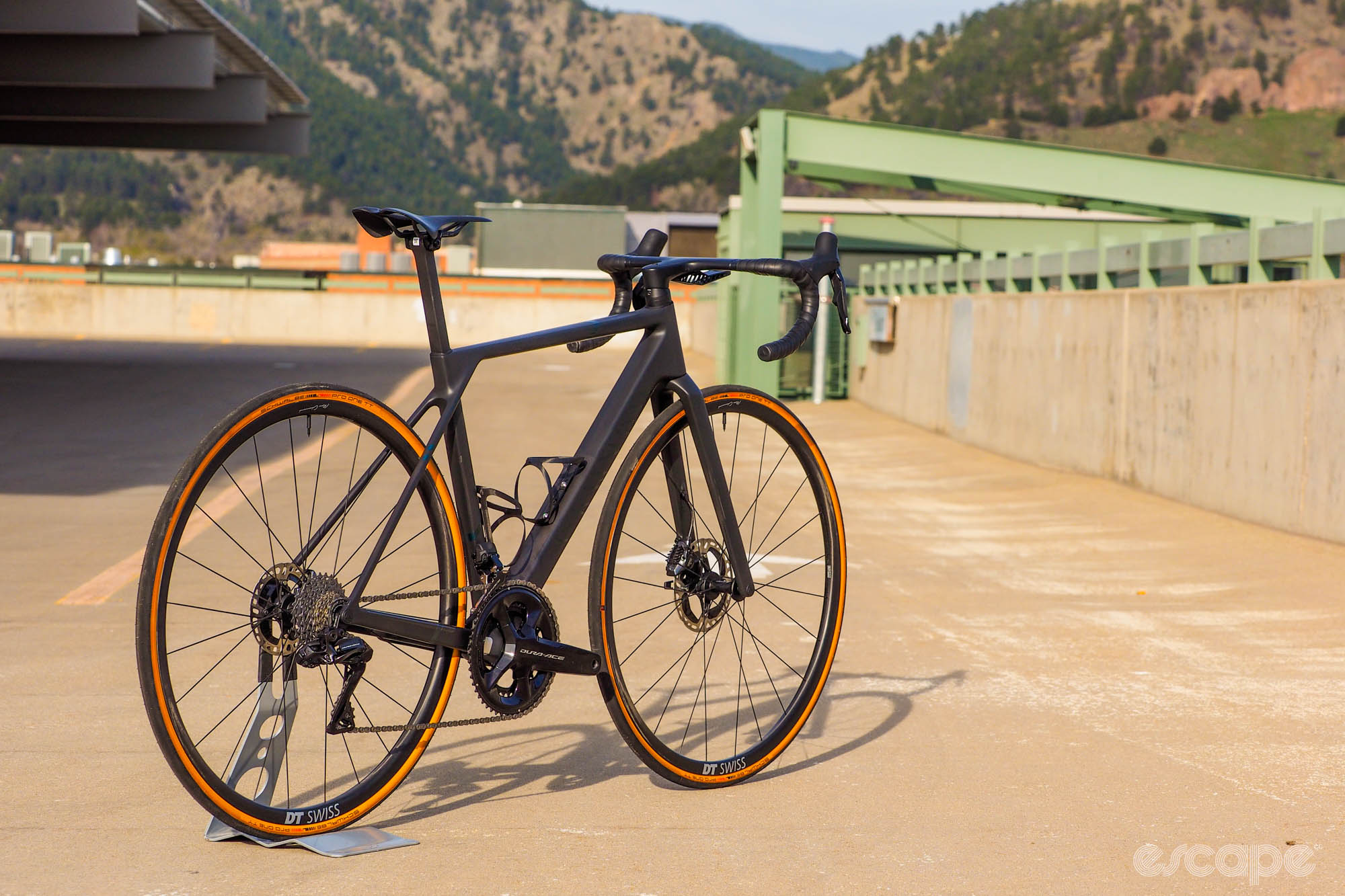
So what gives?
As always, the number on the scale might not tell the whole story.
Those older ultralights may have been impressively feathery, however they also typically offered a jittery ride quality that tended to skip and chatter across poor pavement instead of smoothly gliding across it. Compliance just wasn’t part of the engineering lexicon back then, but it’s something Orbea is pushing in a big way here with this new Orca.
Those older frames were also often a little more brittle and less tolerant of even minor impacts, and steady improvements in manufacturing processes should theoretically make newer ultralight frames more durable (although a slide in Orbea’s presentation showing tube walls as thin as 0.5 mm in places gives some pause there). Time will tell on this one.
Still, for all the talk about reducing weight, that 750 g figure doesn’t exactly offer up a super convincing argument on its own. Orbea is banking on a lot of fuzzy intangibles here – comfort, handling, and “feel” in general – and aside from the undeniable appeal of the MyO custom paint program, the Basque company seems to have a bit of an uphill battle on its hands (and this is coming from the perspective of a self-admitted Orbea fan here).
That Aethos is not only heaps lighter, but it’s also plenty stiff and has a fantastic ride quality. Not surprisingly, it’s a rocket ship heading uphill. And that Canyon? It may ride a little on the firm side, but it’s still a good companion on a long day and is no slouch in the mountains, either – and we haven’t even gotten into other super-capable bikes that are light, stiff, and semi-aero like the Trek Emonda, Giant TCR, Cannondale SuperSix Evo, and so on.
So what might the new Orca have to offer? It admittedly looks fantastic – particularly if you’re predisposed to bikes with more classic profiles – and if Orbea is able to offer a truly incredible ride quality to go with a very low weight, that’s hardly a bad thing.
But even so, will the new Orca be able to compete in this crowded field? Escape Collective tech editor Ronan Mc Laughlin is due to receive his test sample any day now (and surely has an awful lot of climbing planned on it) so we should hopefully have an answer sooner than later.
More information can be found at www.orbea.com.

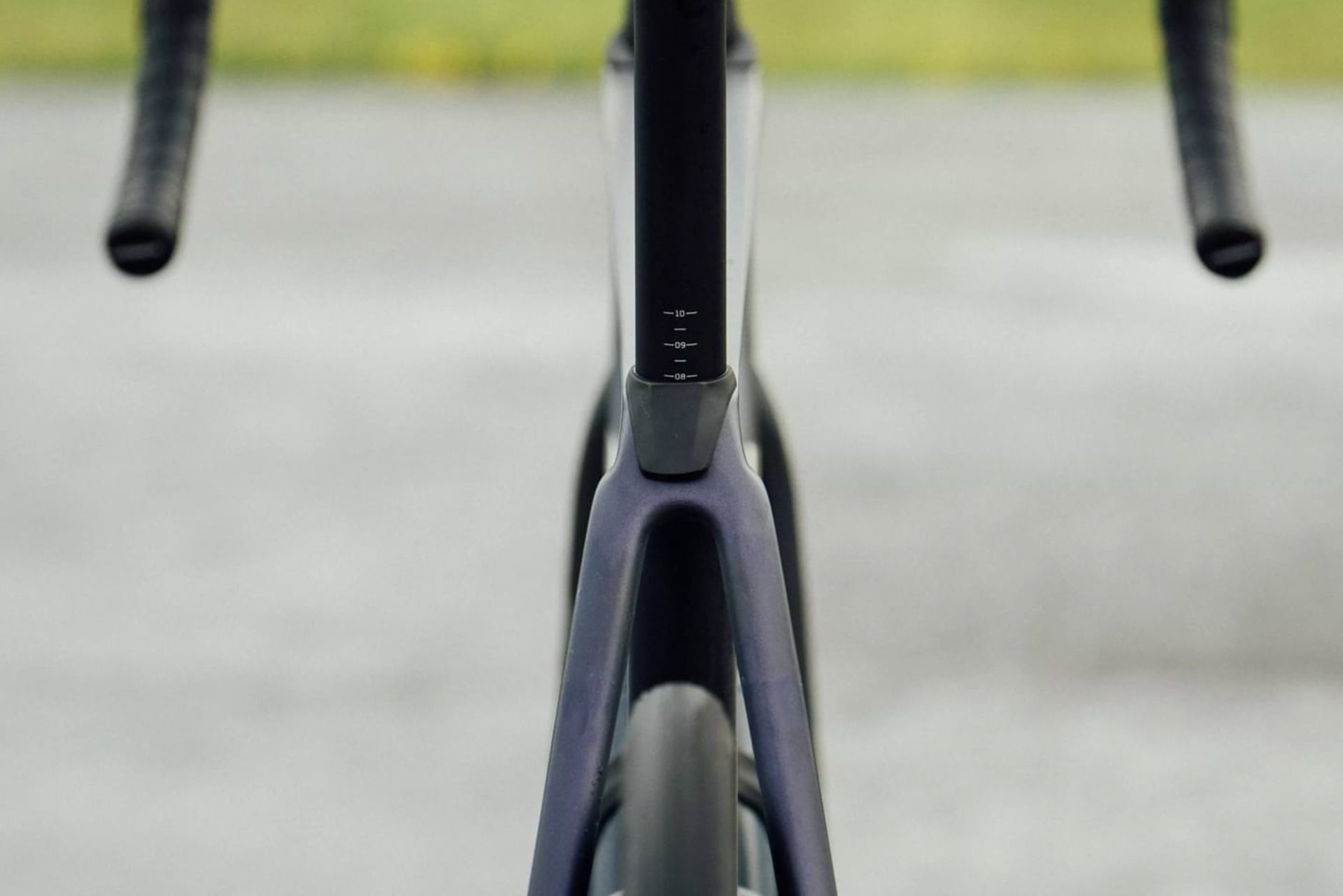
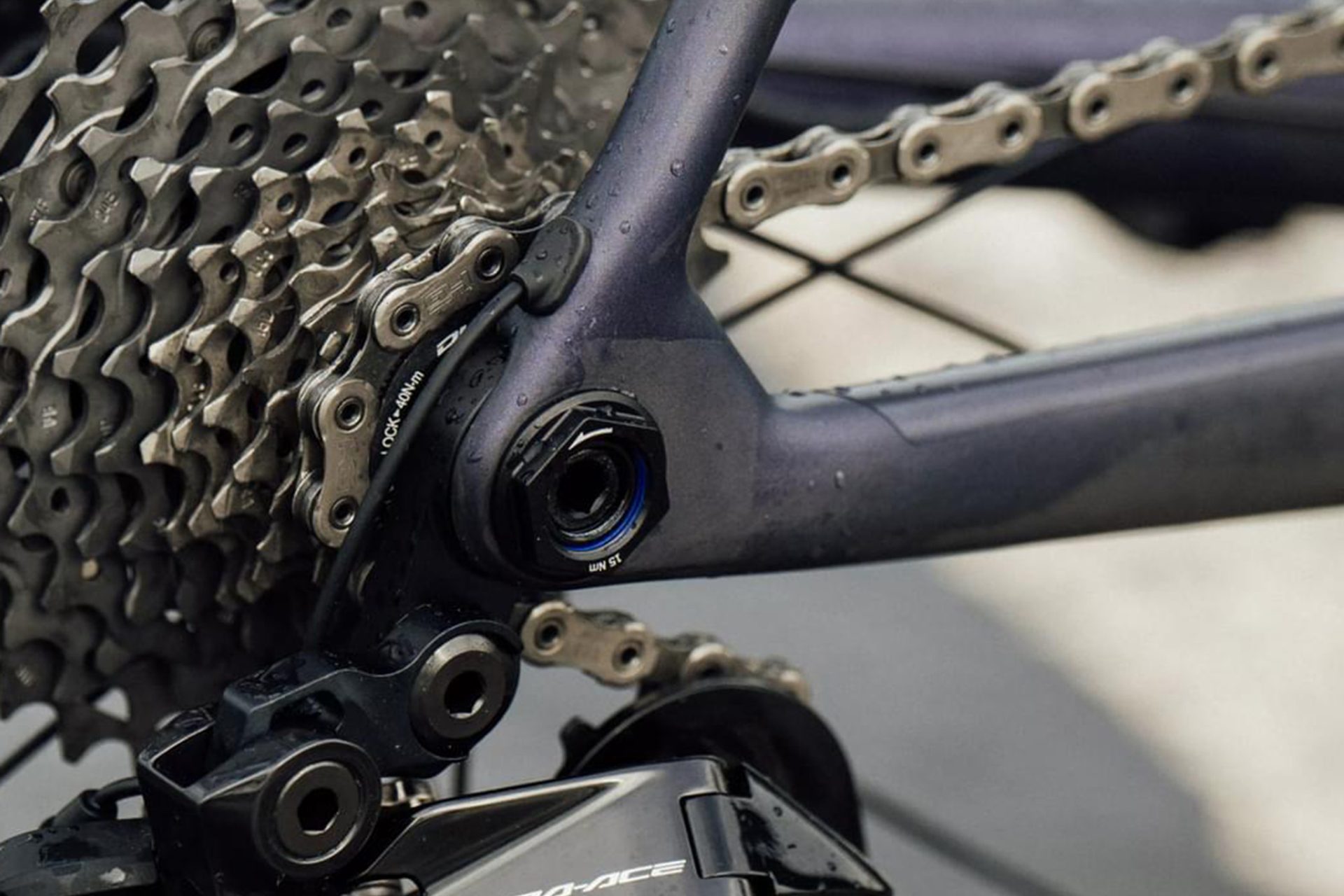

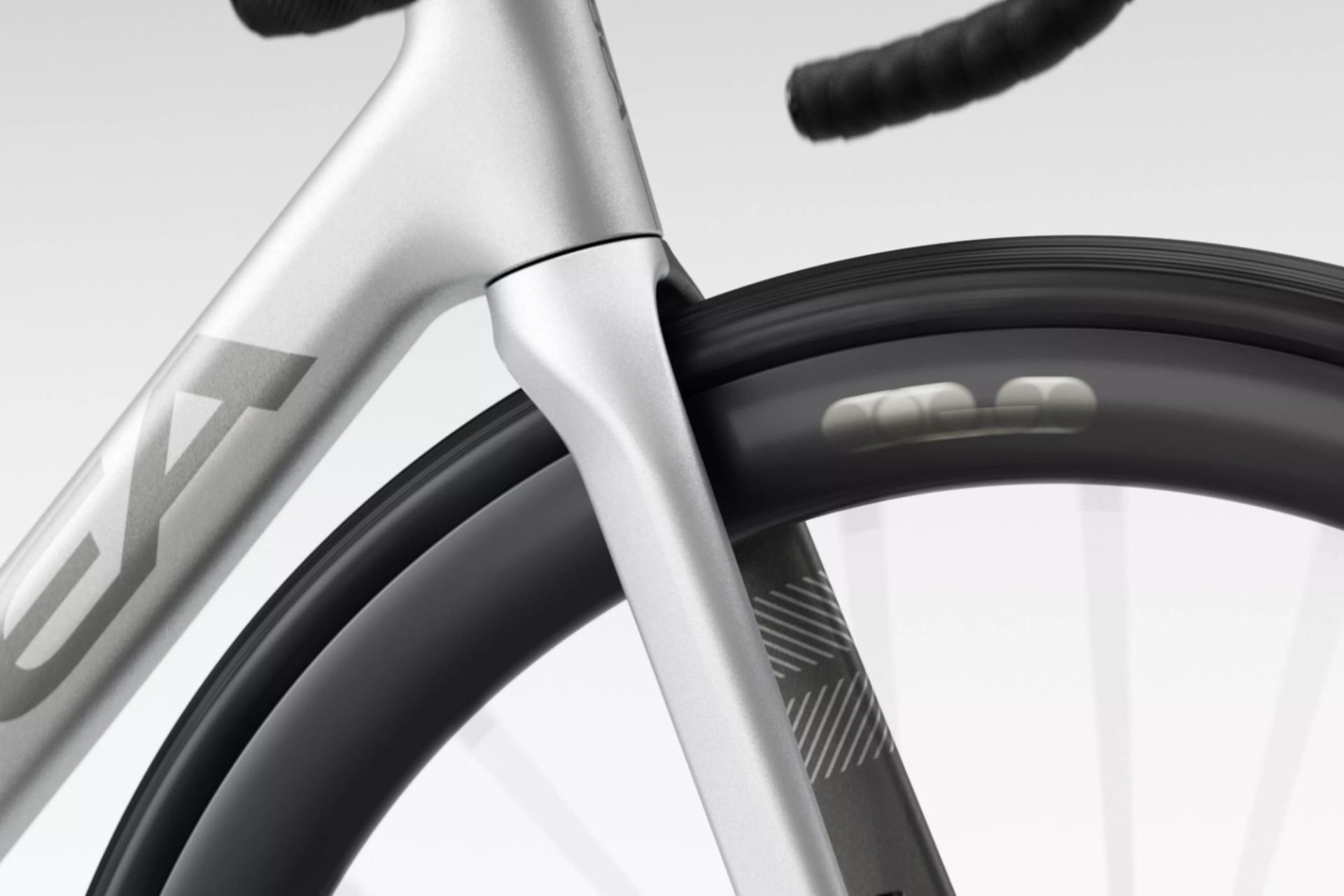
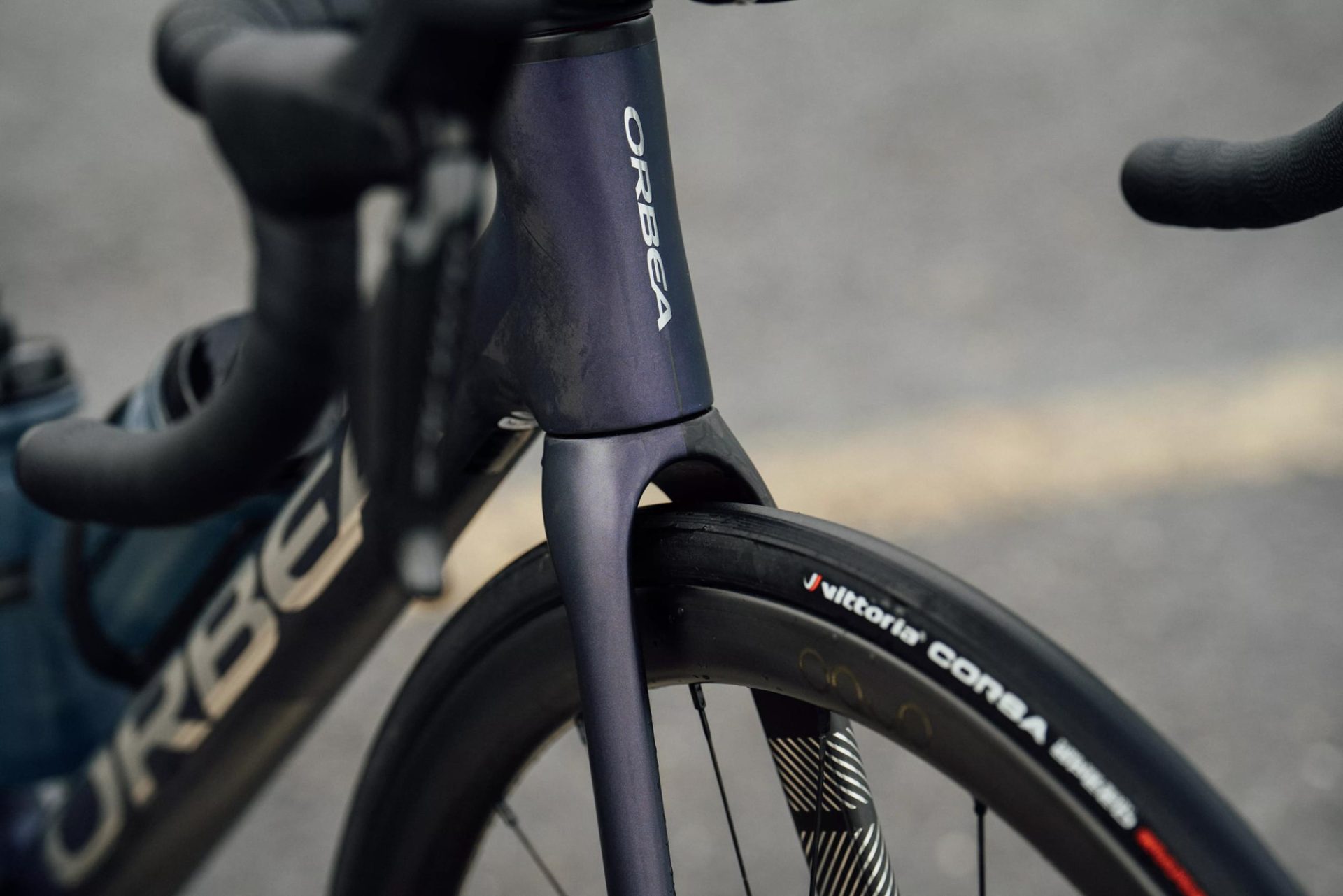
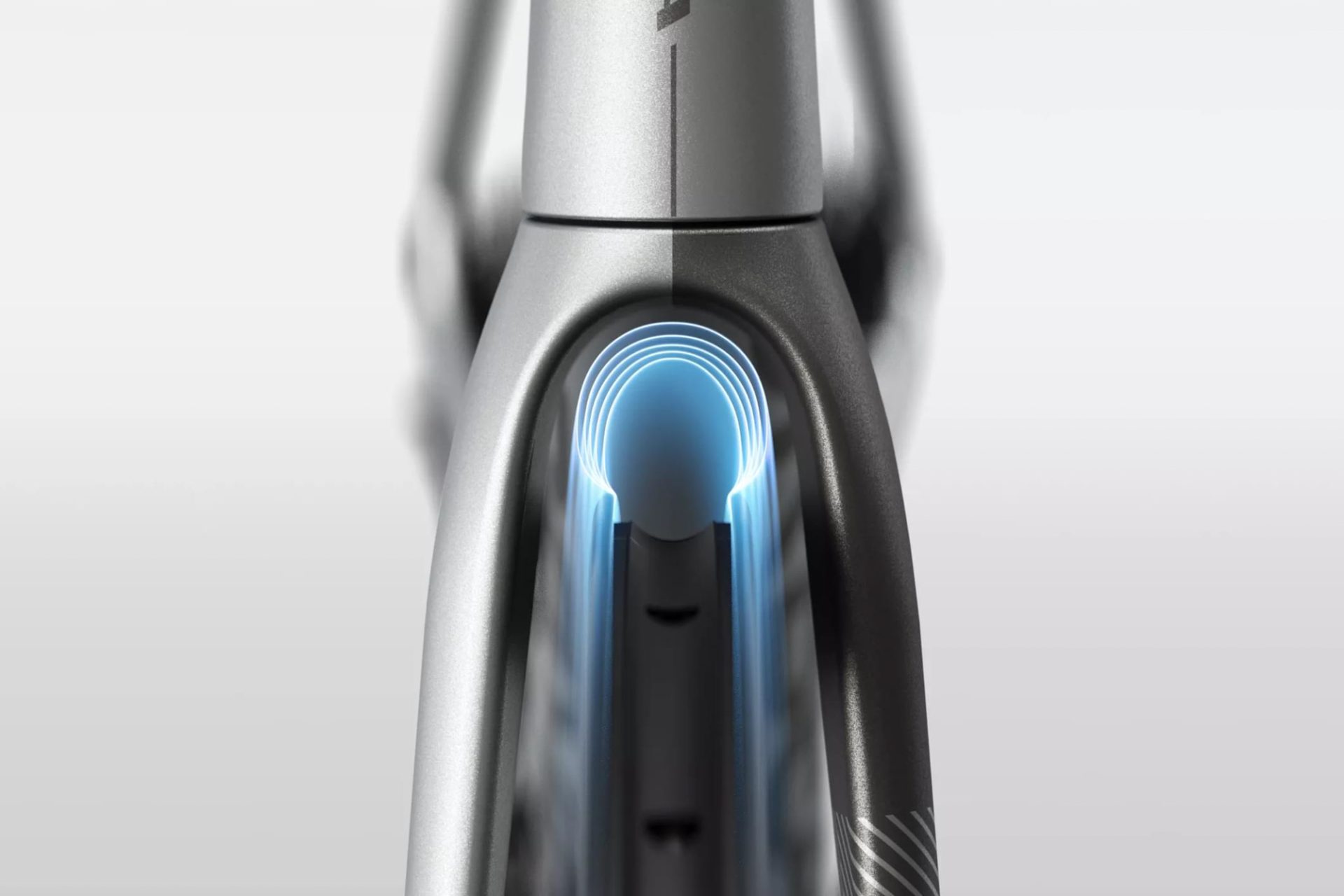
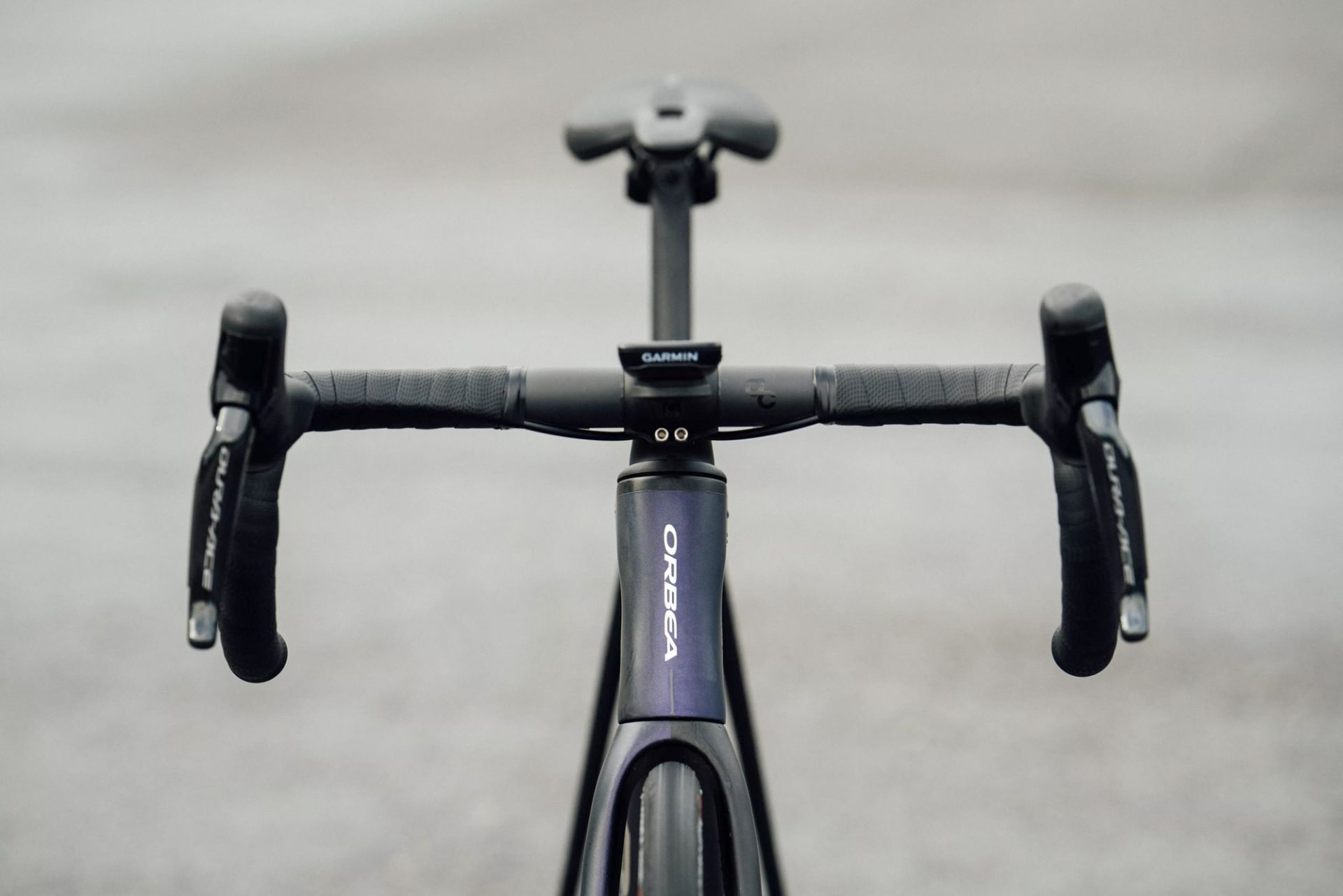
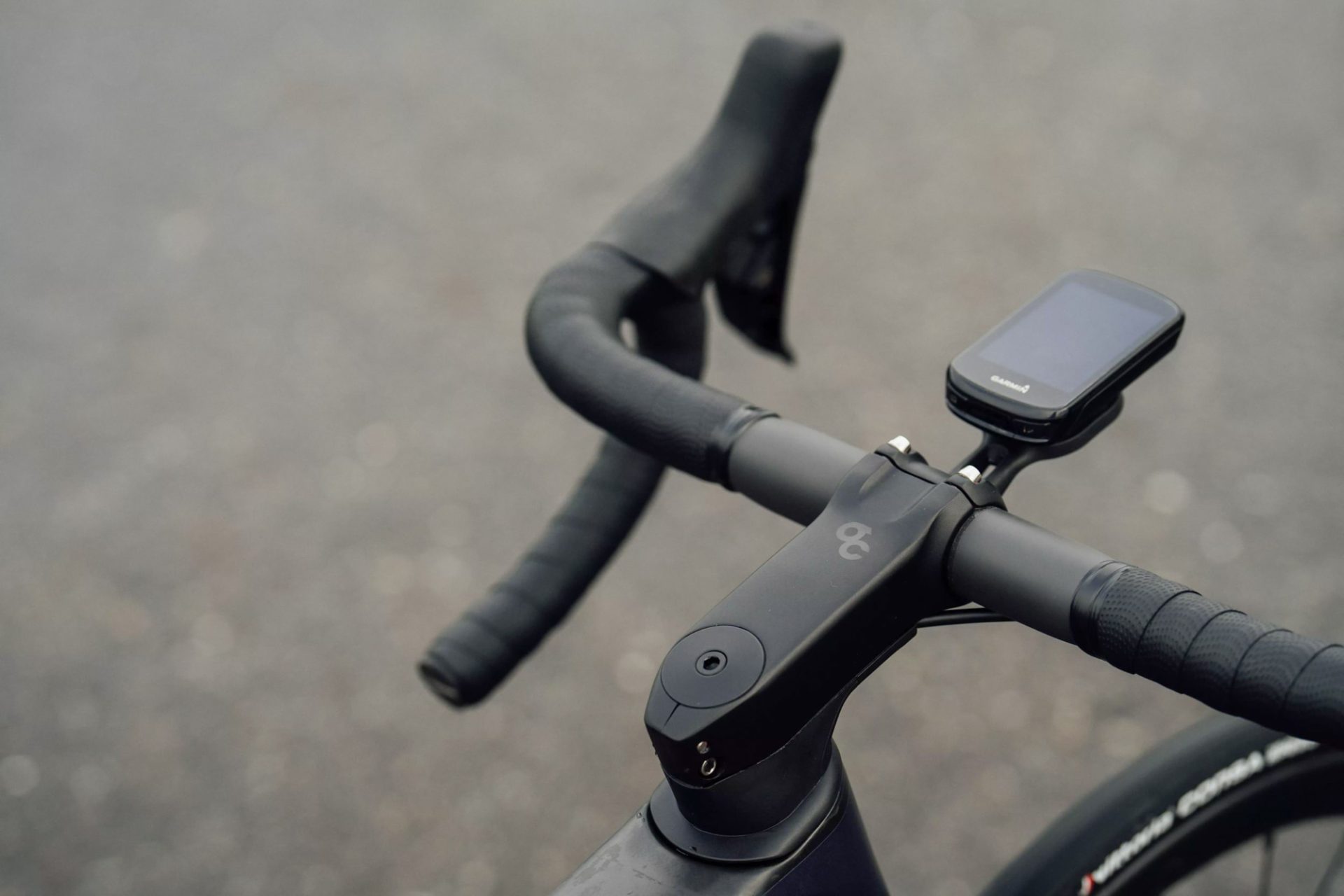
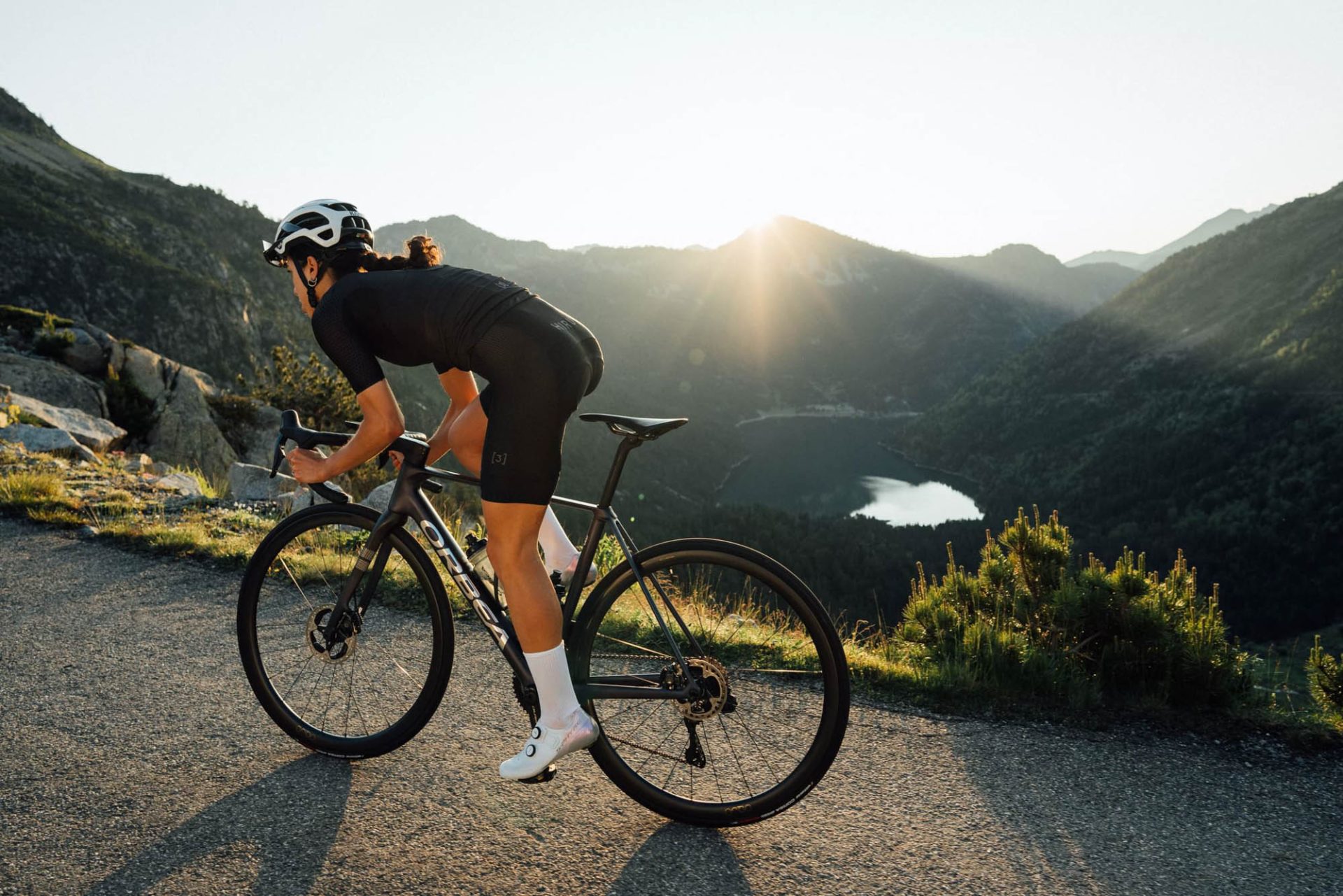
What did you think of this story?
